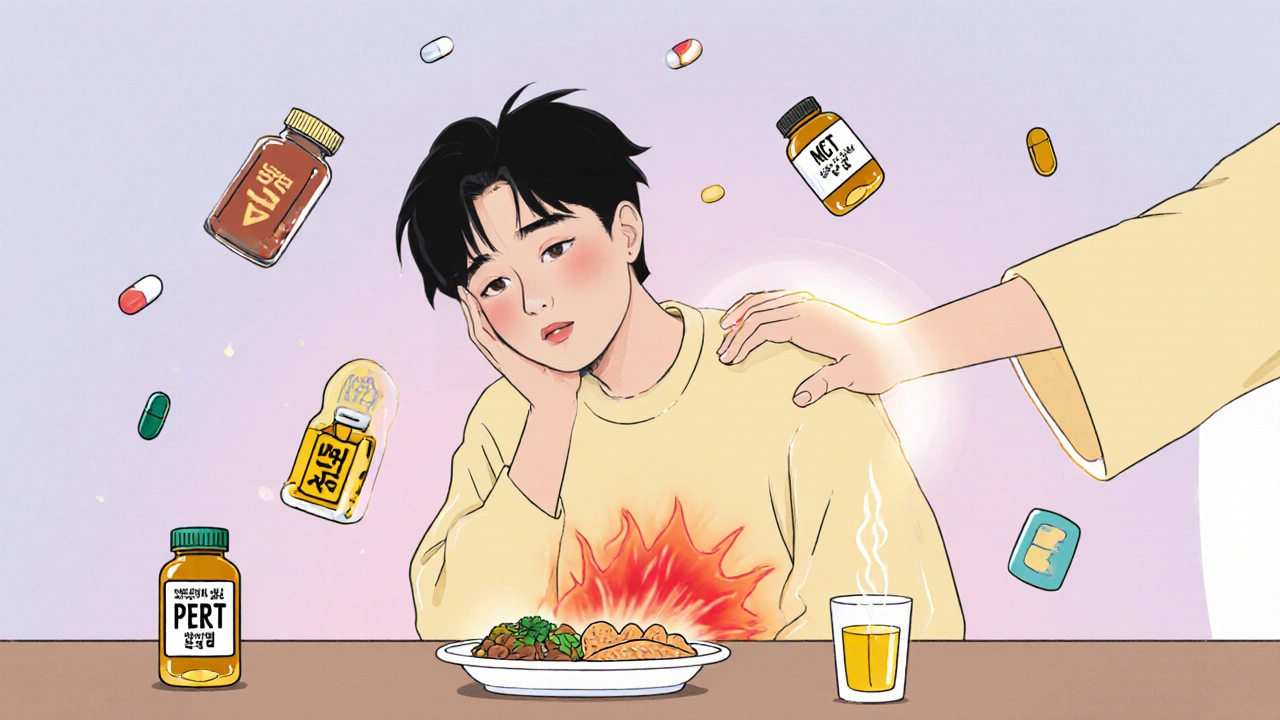When your body can’t make a key enzyme, things break down—literally. Enzyme replacement therapy, a targeted treatment that delivers functional enzymes to patients who lack them due to genetic mutations. Also known as ERT, it’s not a cure, but for many, it’s the difference between life and deterioration. This isn’t for common conditions like acid reflux or indigestion. It’s for rare, inherited disorders where the body’s ability to break down certain substances shuts down completely. Think of it like replacing a broken part in a machine—except the machine is your cells, and the part is a protein your genes forgot to build.
These disorders, called lysosomal storage diseases, a group of inherited metabolic conditions where enzymes fail to break down waste materials inside cells, include Gaucher disease, Fabry disease, and Pompe disease. Without treatment, toxic buildup damages organs—liver, heart, brain, bones. ERT steps in with lab-made versions of the missing enzyme, given through IV, usually every two weeks. It doesn’t fix the gene, but it stops the damage. For kids with Pompe disease, it can mean walking instead of being confined to a wheelchair. For adults with Fabry, it can mean avoiding strokes or kidney failure.
It’s not simple. These treatments cost hundreds of thousands a year. Access isn’t equal. Some countries don’t cover them. And not everyone responds the same. Side effects like fever, chills, or allergic reactions happen. But for many, it’s the only thing holding the disease at bay. That’s why research keeps pushing forward—new enzymes, better delivery methods, even gene therapies that might one day replace infusions entirely. Right now, though, ERT is the standard. It’s what keeps people alive.
What you’ll find in the posts below isn’t just theory. It’s real-world insight. You’ll see how ERT connects to other treatments for rare diseases, how patients manage long-term care, and how alternatives like gene therapy are changing the game. You’ll also find stories about access, cost, and what happens when insurance won’t cover it. This isn’t just medical info—it’s about survival, dignity, and the quiet battles people fight every day just to get the next dose.

Chronic pancreatitis causes persistent pain, digestion issues, and nutrient loss. Learn how enzyme therapy, targeted nutrition, and pain management strategies can improve daily life-even when there's no cure.
View more